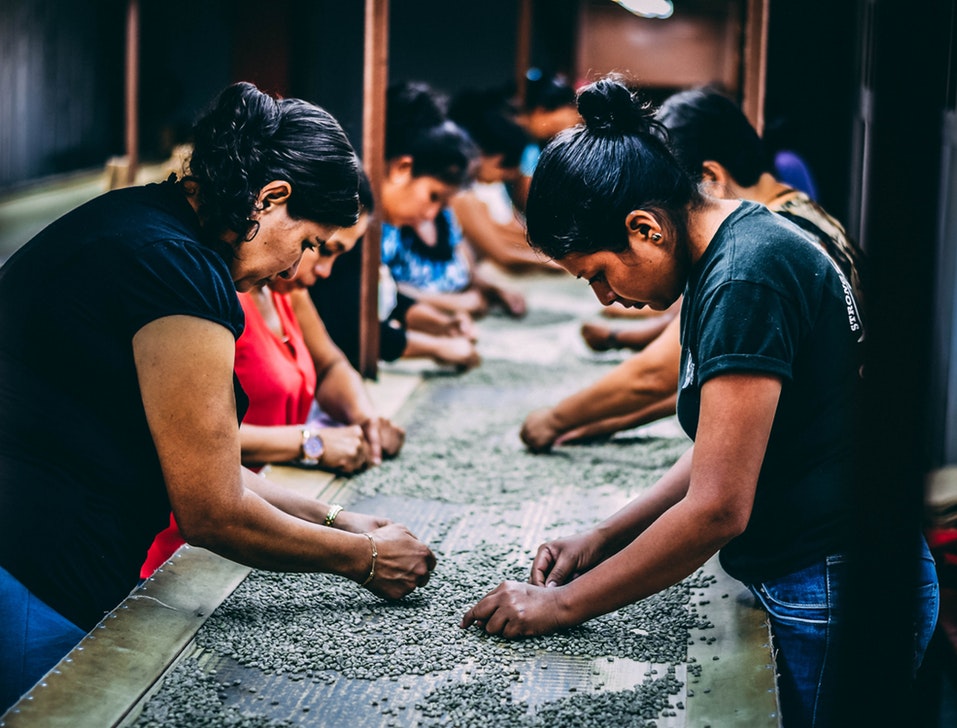Despite much hype, Sri Lanka’s banking sector’s to Micro, Small and Medium-sized Enterprises (MSMEs) lending portofolio is one of the poorest in the Asia-Pacific region in terms of loan disbursements and Interest Rate Spread, according to a latest report by Central Bank of Sri Lanka (CBSL).
“In a broad sense, compared to regional peers, such as the Republic of Korea, Malaysia and Thailand, whose economic progress in recent years has surpassed that of Sri Lanka, lending to the MSME sector of Sri Lanka by the formal banking sector remains comparatively weak.
The share of credit granted to the MSME sector in Sri Lanka remains low, while the spread between average interest rates on loans granted to MSMEs, especially on small sized loans, and average interest rates on loans granted to prime customers remains high,” the CBSL pointed out.
In South Korea, Malaysia and Thailand Outstanding Loans to MSMEs as a Share of Total Outstanding Business Loans stood in the range of 80.2%-50.5%, however, in contrast, MSMEs only made up 14.1% in Sri Lanka’s banking sector’s business lending portfolio in 2020.
Indonesia which has a similar GDP per Capita had also maintained a nearly 20% lending share to MSMEs, above Sri Lanka’s banking sector.
In 2020, the government and the CBSL launched State-guaranteed loan schemes through banks to support the pandemic hit businesses, with a special focus on MSMEs to stay afloat. Further, multilateral donor and lending agencies also initiated similar programs through the banking sector.
Given the current context, the CBSL recently introduced a minimum of 20 percent MSME lending target for the banking sector for the year.
There was also a substantial difference between interest rates charged on loans granted to large corporations and MSMEs.
The CBSL data showed that the country’s banking sector imposing additional 2.46 percent additional interest on loans granted to MSEMs compared to large corporations.
The Average Weighted SME Lending Rate (AWSR), which is the weighted average interest rate of the outstanding stock of credit to MSMEs by all licensed banks, was recorded at 10.95 per cent by end 2020, while the Average Weighted New SME Lending Rate (AWNSR), which is the weighted average interest rate of new lending to MSMEs by all licensed banks, was 8.53 per cent for lending during December 2020.
The outstanding balance of credit granted to MSMEs was Rs.743 billion as at end 2020, which was 11.1 % of total loans disbursed to the private sector by licensed banks.
The collateral continues to remain the key barrier for MSMEs in accessing financing through financial instructions, despite the recent rollout of a Credit Scoring System by the Credit Information Bureau of Sri Lanka (CRIB).
As a solution for this longstanding issue, the CBSL proposed the establishment of a permanent credit guarantee institution.
“Measures such as the introduction of broader credit guarantee schemes or the establishment of a permanent credit guarantee institution could be helpful in improving access to finance for MSMEs, which would address the longstanding issue of the lack of acceptable collateral in the sector,” it suggested.

